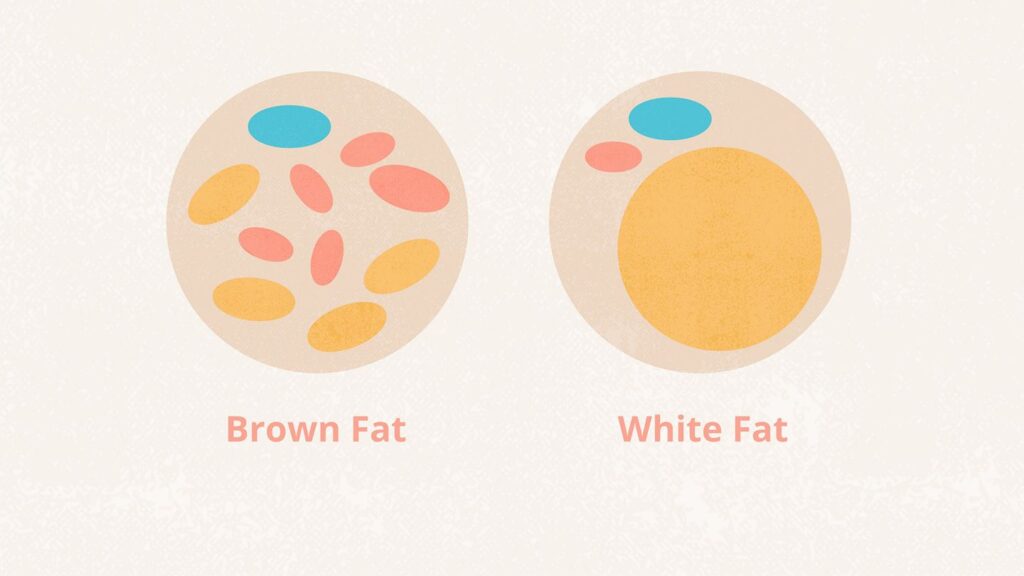
Brown adipose tissue (BAT), commonly known as brown fat, diverges from the familiar white fat found around our midsection and thighs. Unlike white fat, which primarily serves as energy storage, brown fat plays a unique role in calorie burning by generating heat, a process particularly useful in cold conditions like winter swimming or cryotherapy. Previously believed to be limited to small animals and infants, recent research suggests that a portion of adults retains brown fat throughout their lives. Given its calorie-burning efficiency, scientists are exploring methods to safely activate brown fat using drugs to enhance its thermogenic properties.
A recent study by Prof. Jan-Wilhelm Kornfeld from the University of Southern Denmark and Dagmar Wachten from the University Hospital Bonn revealed a previously unknown mechanism within brown fat that deactivates it shortly after activation, limiting its potential as an anti-obesity treatment. The study’s lead author, Hande Topel, a Senior Postdoc at the University of Southern Denmark, identified a protein, termed ‘AC3-AT’, responsible for this deactivation process.
Inhibiting this «off switch» presents a promising avenue for activating brown fat to combat obesity and associated health issues. Topel suggests that blocking AC3-AT could enhance brown fat activation, potentially aiding weight loss efforts. Mice lacking the AC3-AT protein demonstrated resistance to obesity, exhibiting better calorie burning and metabolic rates compared to control groups when fed a high-fat diet.
Despite brown fat diminishing with age, it remains activatable in adults, particularly through cold exposure. This activation boosts metabolism, aiding weight management in individuals with high-calorie intake. Additionally, the study uncovered other protein variants responsive to cold exposure, highlighting avenues for further research into therapeutic interventions.
Prof. Dagmar Wachten emphasizes the need for continued investigation into these alternative gene products and their regulatory mechanisms to fully grasp their therapeutic potential. Prof. Jan-Wilhelm Kornfeld underscores the broader significance of understanding molecular mechanisms within brown fat, suggesting implications for comprehending various diseases and developing innovative treatments.
This study was conducted within the framework of the DFG Collaborative Research Center Transregio-SFB 333 «Brown and Beige Fat — Organ Interactions, Signaling Pathways and Energy Balance (BATenergy)» and the Novo Nordisk Foundation Center for Adipocyte Signaling (Adiposign) at the University of Southern Denmark, aiming to elucidate fat cell dysfunction and its implications in metabolic diseases.




